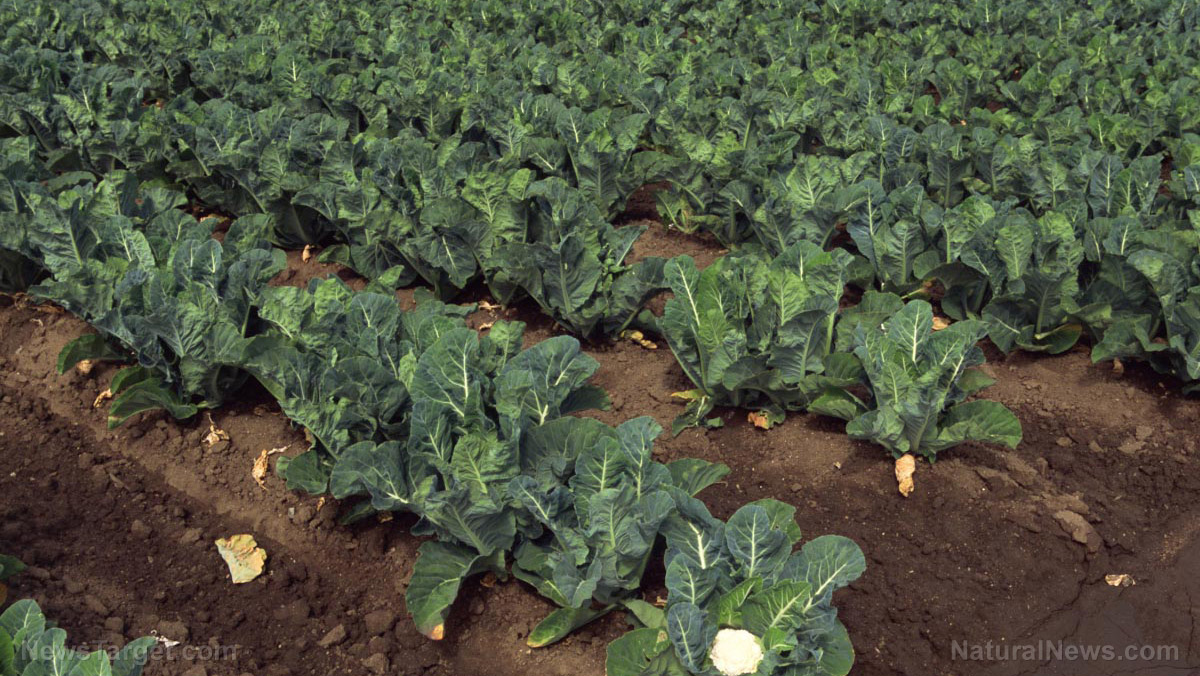
That was likely the source of inspiration for a group of researchers working out of the University of Plymouth, which has just successfully developed a robotic helper that could help them perform the job with little to no effort. It is said that the scientists in charge of the project were looking for something that was capable of taking on Britain's brassica crop, and that they tried to mimic the human hand to serve as its basis.
The result is a robotic arm called the "GummiArm" robot, which works pretty much like a human hand in that it has jointed arms, which can be stiffened or softened on demand, depending on whatever task needs to be done and whether it requires strength or a more gentle touch.
According to Dr. Martin Stoelen, the inventor of the GummiArm, it's meant to serve as a tool for convenience. With its array of cameras and sensors in its dexterous fingers, it's able to assess crops as they grow, and even determine which ones are good for harvesting and which ones aren't. "Ultimately, machines such as this will make life easier and simpler as a farmer," Stoelen said. "Machines could even be 'repurposed' throughout the growing season, allowing the core technology to be rolled out to other operations – such as weeding or the application of pesticides."
Stoelen also mentioned that the robot's reconfigurability would be the key to its relevance to other brassicas, and indeed other crops. "It's also a cool technology which might encourage more young people to choose a career in agriculture," he added.
Stoelen believes that types of robots such as this could become available within the next two to three years at least, and could even be modified further to harvest a larger variety of vegetables. Right now, the main focus of the team is on improving efficiency. They're feeling confident that their methods could eventually improve the safety record of the industry, since there would be fewer people doing hands-on work with dangerous machinery, thereby reducing the chances of accidents. (Related: Agriculture robot watches crops grow, providing data, analyses in real-time.)
According to David Simmons, the Managing Director of Riviera Produce, which is currently a partner in the project, said that this new application of robotics could solve a lot of the industry's problems. "Harvesting costs can be up to 40 percent of the costs of production of brassicas and skilled labor to do the harvesting is getting increasingly difficult to obtain," he said. "In a very competitive market place where our customers demand cheap food, the cost of harvesting is continually rising. Robotic harvesting has the potential to increase productivity and control the costs.
As with any new technology, the robotic harvesting helper hasn't been perfected yet. Right now, it works fine as a source of assistance, but there is a chance that it could eventually replace humans and take their jobs away from them. That's a prospect that's both interesting and scary at the same time.
Visit Robotics.news for more stories on the various applications of robot technology.
Sources include:
Please contact us for more information.























